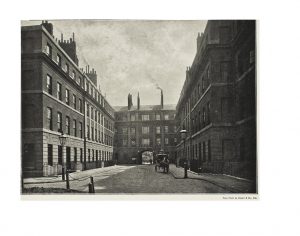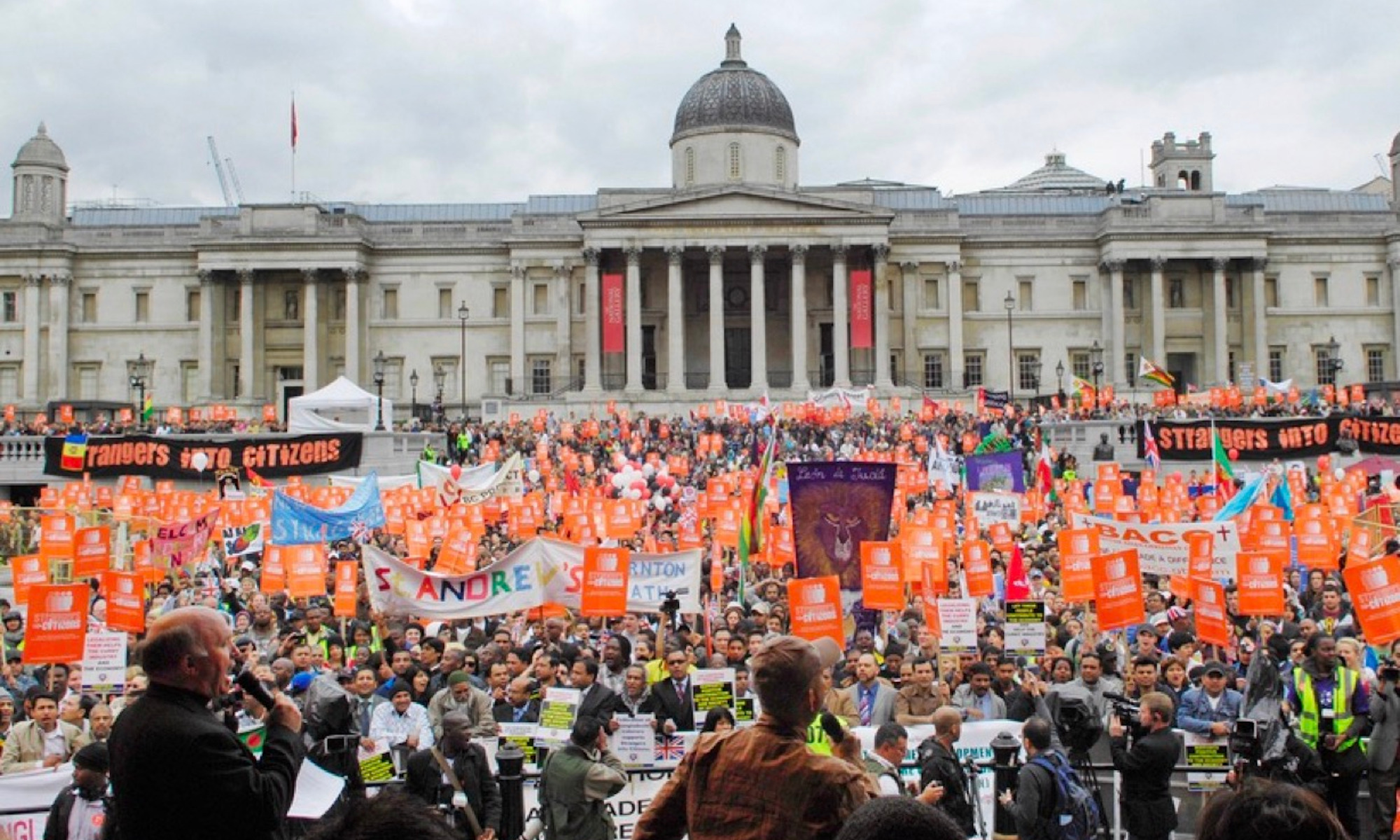Compared to the other metropolitan work districts of London, Holborn District had scant resources to support the urban poor early in the 1800s. From 1801-1810, the only institution in the district was the Grays Inn Road Workhouse which — alongside providing shelter and work to the poor — was an institution especially ripe for exploitation of the poor, who often were forced to live (and work) in underfunded, cramped conditions with limited food. From 1811-1820, the institutional support for the Holborn poor was barely improved with the addition of the Mendicity Society, which provided the general public with tickets to give to beggars, who could then bring the tickets to the Society building and apply for relief, food or work. Like a workhouse, this institution provided imperfect aid to beggars, who would have to travel to the Society headquarters and apply only for the chance to receive aid. Sometimes the beggars would only receive aid if they agreed to leave Holborn District.

But, although it began the century as a district that largely lacked adequate institutions to serve the poor, Holborn soon featured some new institutions with better aid mechanisms. From 1821-1830, the Royal Free Hospital became a fixture in the district and provided free medical services to anyone. Soon a women’s refuge that housed destitute girls and assisted them with finding work emerged and, by 1850, Holborn also contained the London Homeopathic Hospital, a unisex refuge, and a religious mission to aid the deaf and dumb. The shift towards charitable organizations that were more clearly built to unconditionally serve the urban poor was noticeable.
The most interesting change in the latter half of the century for the district was the increase in specialized hospitals in the area. By 1860 the National Hospital for the Paralysed and Epileptic as well as the London Infirmary for Diseases of the Legs were present in the district and, by 1890, these medical institutions were also joined by the Alexandra Institution for the Blind, St. Paul’s Hospital (which primarily treated venereal disease), the Italian Hospital and Alexandra Hospital for Children with Hip Disease.
The rise of these specialty hospitals raises some interesting demographic questions. For example, although the Italian Hospital served all patients, it prioritized Italian patients, leading one to wonder whether it was located near an area that Italian migrants flocked to. These hospitals also give insight into the unique medical needs of the London population. While a whole hospital wouldn’t be dedicated to children with hip disease today, hip disease was common with the tuberculosis that ravaged Victorian London. Wealthy families could afford to bring a doctor to their houses, but poorer families needed a hospital for their children’s diseases. It is striking that a district which started the 1800s with only a workhouse to serve the poor would end the century with a multitude of hospitals that catered to poor, sick Holborn residents and — rather than force them to work — actually allowed them a sponsor-funded bed and some rest.
